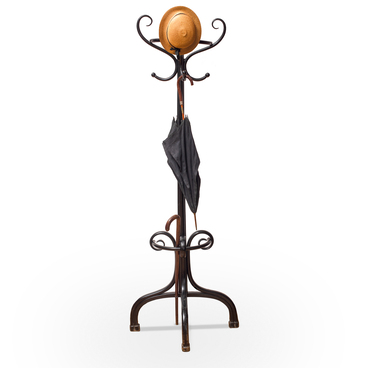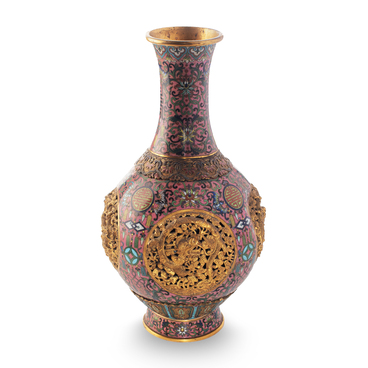In the 17th–19th centuries, the quality of writing materials reflected the owner’s social status. Gilded writing sets were a mark of belonging to high society. Initially, writing sets consisted of an inkwell and several goose quills. Over time, they began to include a variety of tools, such as paperweights, candleholders, seals, bells, and paper knives.
A paperweight with a flat bottom was used to fix papers on the table and prevent them from blowing away in a breeze. With the invention of blotting paper, another type of paperweight appeared — a rocker blotter. It had a convex bottom and blotting paper stretched over it to absorb excess ink and accelerate the drying.
The paperweight from the museum collection dates back to the first half of the 19th century. It was produced by the Imperial Porcelain Factory in St. Petersburg. Its gilded ornamentation imitates the Boulle style which was often used to decorate wooden products with inlays.
The writing set also includes two vases, a paper tray, and a pencil stand. All the objects feature a stamp bearing the monogram of Emperor Nicholas I. During his reign, the factory started using imported raw materials, such as French and English clay, and achieved an outstanding production quality.
One of the most popular methods to decorate porcelain products was to imitate the texture of various materials, such as precious stones, metals, and wood. As a result, some porcelain pieces were decorated “like gemstones”, “bronze”, “gold”, “wood”, and “embossed leather.”

